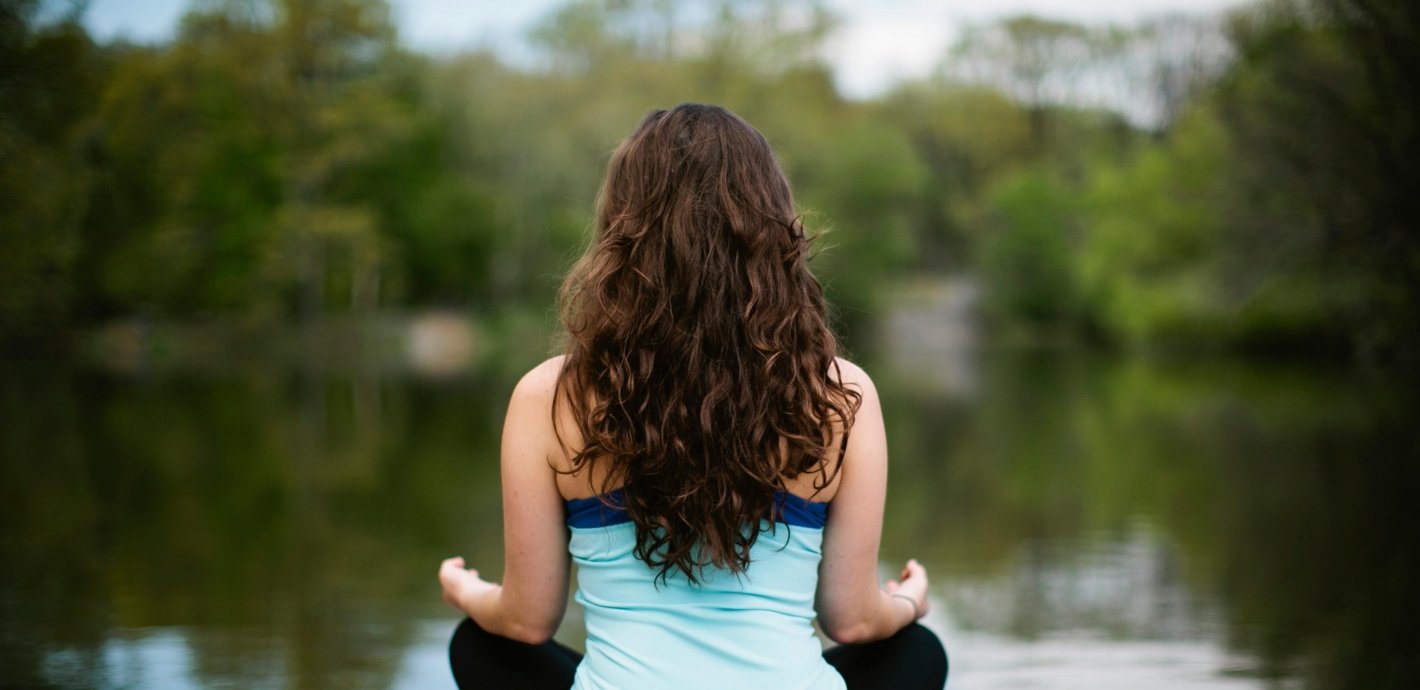There’s a beautiful legend that I’d like to believe is true. At the time of the Buddha there lived a king named Dawa Sangpo. He heard tales of the Buddha in whatever way people heard news back then (YouTube? Times of India?) and was inspired to study with him. He traveled a great distance only to find himself disappointed when he encountered the monastic community. He approached the Buddha and said, “I would love to study with you, but I cannot run off and become a monastic like the rest of your students. I’m a king. A large number of people rely on me to serve as a householder and rule that kingdom. Are there any teachings you can offer me?”
It is said that the Buddha asked his monastic followers to leave the area before he imparted what is now known as the Kalachakra teachings on Dawa Sangpo. These teachings cover how to live with mindfulness and compassion. Dawa Sangpo took them to heart and returned to his kingdom. Based on his own practice and study going forward he became known as a wonderful leader, and his kingdom became home to people from all religious traditions, socio-economic positions, ethnic backgrounds, sexual orientations, and gender identities. The shared values for that kingdom were those imparted by the Buddha: mindfulness and compassion. Under this common banner this kingdom became a culture where people became awake and kind. This kingdom was known as Shambhala.
Related: A Simple Guide to the Complex World of Meditation
Flash-forward several centuries: The head of a Tibetan monastery, Chogyam Trungpa Rinpoche, was forced to flee his native land and enter India. He then got a scholarship to study at Oxford and, upon immersing himself in the Western world, discovered that some translation was necessary if he was going to continue to offer the Buddhist teachings. It wasn’t just taking the Tibetan Buddhist words and turning them into English. He needed to shirk his monastic robes, dress like Westerners, speak their language fluidly, smoke, and do everything they did. He was branded a black sheep in the Tibetan Buddhist world for a number of years but ultimately was welcomed back when the powers-that-be realized how many Westerners were able to access the teachings because of what he was doing.
Realizing his Western students weren’t, for the most part, going to become monastics or even traditional Buddhists, Chogyam Trungpa Rinpoche emphasized the Shambhala teachings, creating a secular track of meditation study that could make the traditional teachings accessible to people from all walks of life. He designed a series of weekend meditation retreats that eliminated all Buddhist jargon, simultaneously introducing Western terms to point at the truths of meditative experience. As a result of his work bringing Buddhism to the West, over 200 Shambhala Centers exist worldwide. After his passing, his son and my teacher, Sakyong Mipham Rinpoche, became the head of the lineage of Tibetan Buddhism that his father represented. He placed a further emphasis on the Shambhala teachings, making the lineage distinctly known as Shambhala Buddhism. He teaches across the globe while overseeing these hundreds of centers, with tens of thousands of people studying mindfulness and traditional Buddhist studies without necessarily becoming Buddhist themselves.
I was born into the Shambhala lineage in 1982. My parents were students of Chogyam Trungpa Rinpoche and identified more with the Tibetan Buddhist side of the tradition than the teachings that were uniquely Western. However, I was thrown into the introductory Shambhala Training Level I weekend when I was 11 years old and took to it. I had years when I did the typical teenage rebellion thing, going so far as to spend a summer studying other Buddhist traditions (I know, I’m not much of a rebel) and ultimately came back to Shambhala. Why? Because it emphasizes not just meditation teachings for our own enlightenment but so that we can create a more enlightened society. With the original kingdom of Shambhala as a template, the Shambhala community strives to welcome all types of people and offer teachings on how to live your life with more mindfulness and compassion, so that individuals can positively affect society overall.
Related: How Meditating as a Child Shaped My Life
One aspect of the Shambhala Buddhist teachings that fascinates me is that we don’t idolize the original kingdom of Shambhala, the Buddha, or our forefathers in the Tibetan Buddhist world such as Chogyam Trungpa Rinpoche. These are all examples or templates for what we can create right now, in this very moment. The Shambhala lineage has placed a fair amount of onus on individuals manifesting the principles of mindfulness and compassion day-in and day-out. Well-known authors and teachers such as Pema Chodron, Susan Piver, and Ethan Nichtern are all Shambhala Buddhists who are actively showing how to take one’s meditation practice off the cushion and into your everyday life, including your relationship, your work, and how you create social change.
While the original template for Shambhala may have existed some 2600 years ago, and the story is somewhat legendary, we can see a framework for how one individual can show up, deepen her practice and study, and have a profound influence on society overall. That individual does not have to be a king, a great spiritual teacher, or an author. It can be you. You can choose to contribute to the society you are a part of—your workplace, your yoga studio, or your home, for example—and transform it into a more mindful place. Or you can lay low and give in to the aggression and speed that may currently exist there. When you choose to take on mindfulness and compassion as the qualities you want to bring into your life, then you are creating an enlightened society on the spot.
Photo by Hailey Wist; Outfitted by YogaSmoga








Comments (0)